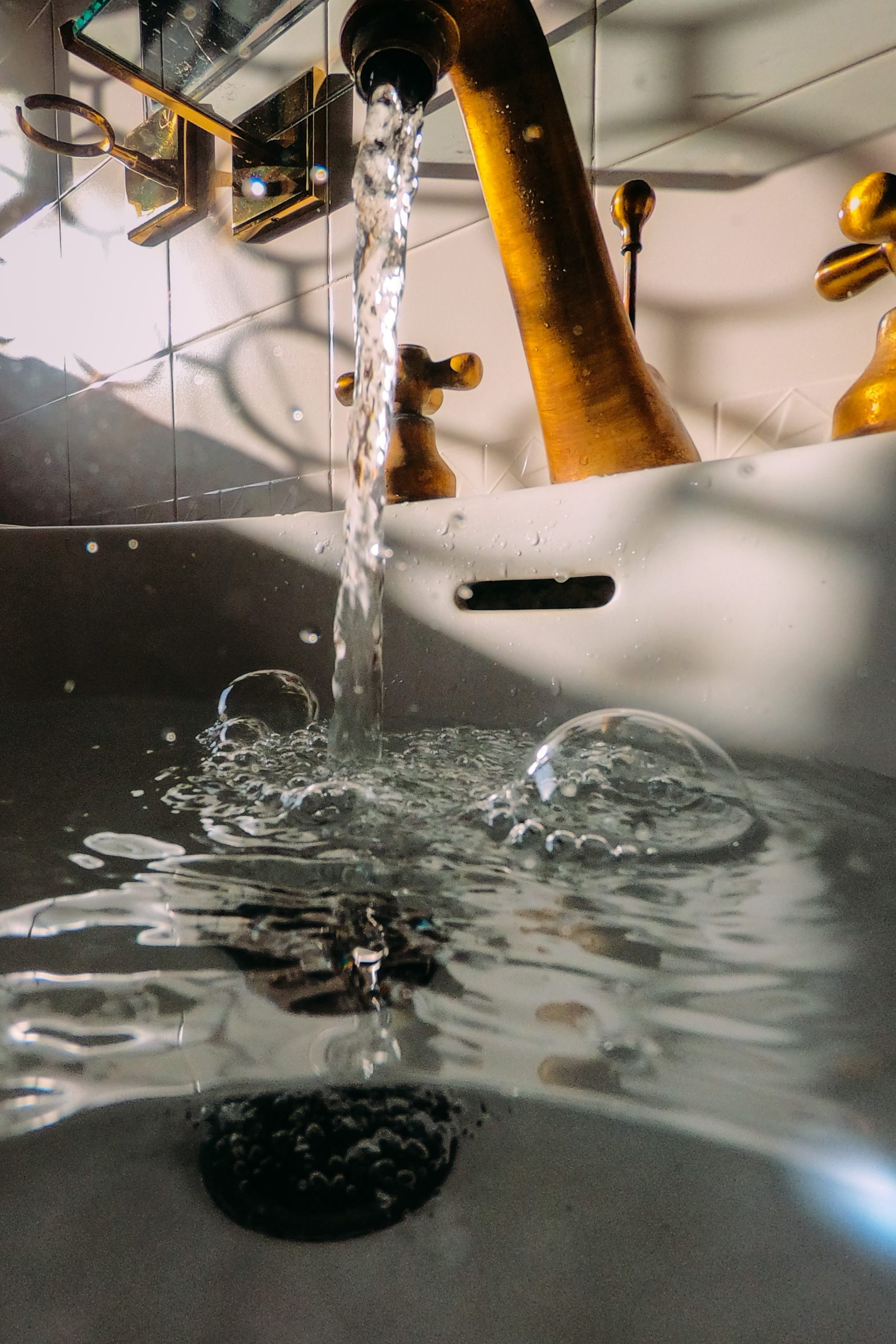“Sink” those microbes
According to a University of Reading study, sinks have the perfect recipe for a fungal environment and they host very similar organisms. Researchers tested more than 250 restroom sinks for fungi, such as black molds and relatives of baker's yeast. These fungal biomes usually don’t pose a problem for healthy individuals, but for those with compromised immune systems, sinks could be an overlooked reservoir of illness.
One might think that with all the detergent and handsoap going down the drain, it would be squeaky clean, but for anyone who’s had to clean the drain or take it apart to unclog it or save a piece of jewelry, it’s anything but! The types of fungi that live in sinks can tolerate high temperatures, low pH (acidic), and low nutrients. Some even use detergents, found in soap, as a source of carbon-rich food. It’s a place with constant moisture and food sources, so…voila! Mold galore.
If you’re concerned about the condition of your sink drain for yourself or anyone else living in your home, there are some simple ways to keep the drain clean on a regular basis without using toxic chemicals. To be clear, the study was conducted on restroom sinks, but the principles are the same for every sink: eliminate food for mold and flush it with natural cleansers periodically.
Using a mesh drain strainer on your sinks prevents solids like hair from clogging it, because hair in sink drains is just another surface for mold to grow on. Sink Shroom is a sink stopper/filter that you can pull out, wipe it clean and replace to keep the hair out; tub and shower models are also available.
Plumbers agree: Never pour grease down the drain! From cooking oil in the kitchen to any kind of body or hair moisturizing oil in the bathroom, it just doesn’t belong in the drain.
Thoroughly rinse the drain with hot water when you send anything other than water down it. Toothpaste? Add hot water. Extra dirty hands? Add hot water. You get the idea!
Our top choice to keep mold at bay in the sink is simply spritzing it regularly with TotalClean– our non-toxic, odorless cleaner. Its two active ingredients, iodine and copper, are elements recognized from ancient times to freshen and sanitize water and surfaces.
Better Homes and Gardens have also compiled a list of natural cleansers and tools for every type of sink: stainless steel, porcelain sinks and white sinks are all covered.
As with all other areas in the home, regular cleaning and maintenance of sink drains can go a long way! If you still find mold growing around the drain or foul odors coming from it, then it could be a hardware problem instead. All sink, tub and shower drains are required to be plumbed with a “vent”. Vents allow sewer gasses to rise and escape through the roof of the home. According to the uniform plumbing code, vents must be located within six feet of the P-trap (that snake-like part under the sink); otherwise, the drain may not work properly and gasses can build up, supporting mold and microbe growth. If this seems to be the case, it’s best to have a good plumber check out the location and condition of the sink vents and see if there are other drain problems.

